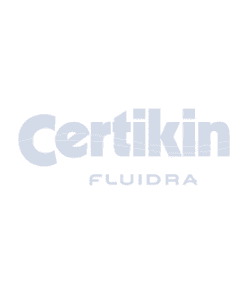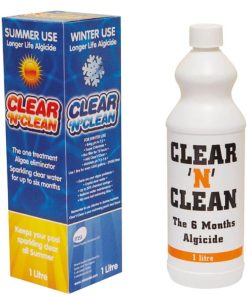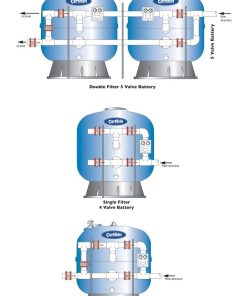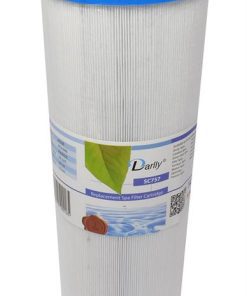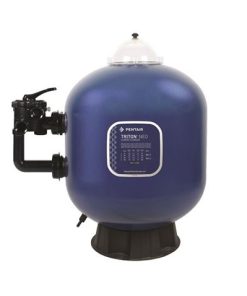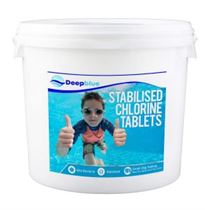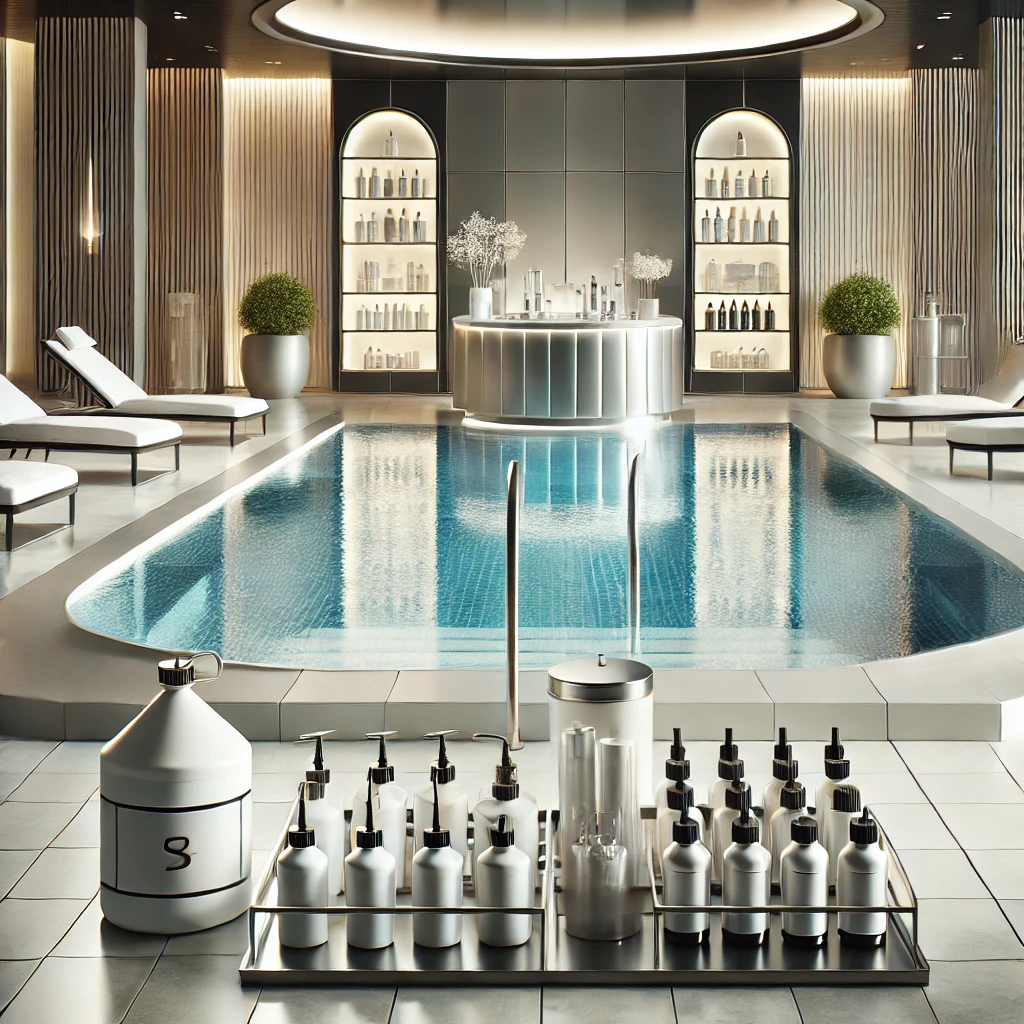Chemicals, Hottub, Water Testing
Failed Microbiological Test in Hot Tubs
The document contains essential information about how to recognize and manage failed microbiological tests in hot tubs. The document presents reasons for hot tub contamination and minimum allowed bacterial concentrations and provides a full process for hot tub disinfection.
Key Facts and Ideas:
Pass/Fail Parameters: The document establishes clear acceptable levels for various bacteria including Legionella, Total Coliforms, E. Coli, and Pseudomonas Aeruginosa. Hot tub users need to take prompt action because the facility becomes dangerous when bacterial levels surpass these specified limits.
Failed bacteriological tests in hot tubs indicate an unsafe condition that requires identifying the source of contamination. The safety of bathing water requires prompt action because microbiological contamination poses health risks.
Multiple factors lead to the failure of microbiological tests in hot tubs. A hot tub failure in microbiological tests results from external contamination as well as water source problems and delivery system failures and poor water management and design errors and inadequate maintenance and disinfection practices.
A failed microbiological test may indicate one or more of the following reasons: Hot tub contamination, Contaminated water source, Contaminated delivery process, Poor or inadequate water quality management process, Poor design, Poor or inconsistent disinfection.
The document describes a complete 10-step decontamination procedure for hot tubs which fail microbiological tests. This includes:
Discard contaminated filters and inline feeders and replace them with new equipment.
The hot tub cover along with pillows and scum line must be cleaned using suitable cleaning solutions during the entire process.
Specialized cleaning agents such as Spa Super Cleanse and Hot Tub Flush need to be used for hot tub treatment.
The hot tub requires complete draining followed by removal of all remaining water.
Hot tub refilling requires clean water that should be added carefully to avoid back siphoning.
A high free chlorine level needs to be achieved by applying Rapid Shock (un-stabilised chlorine) for proper disinfection.
Using a chlorine reducer should reduce the chlorine levels until they reach safe bathing ranges while maintaining proper residual chlorine concentrations.
Secondary Testing: Conduct a follow-up bacteriological test to confirm successful decontamination.
Important Notes:
The document requires users to use personal protective equipment (PPE) throughout chemical handling operations.
The document shows precise amounts for treatment agents which exceed normal maintenance guidelines.
The focus on maintaining residual chlorine concentrations after disinfection shows that bacteria control needs to continue after deep cleaning.
Hot tub owners and operators will find valuable information about microbiological contamination prevention and control through this document to create a safe bathing experience.


